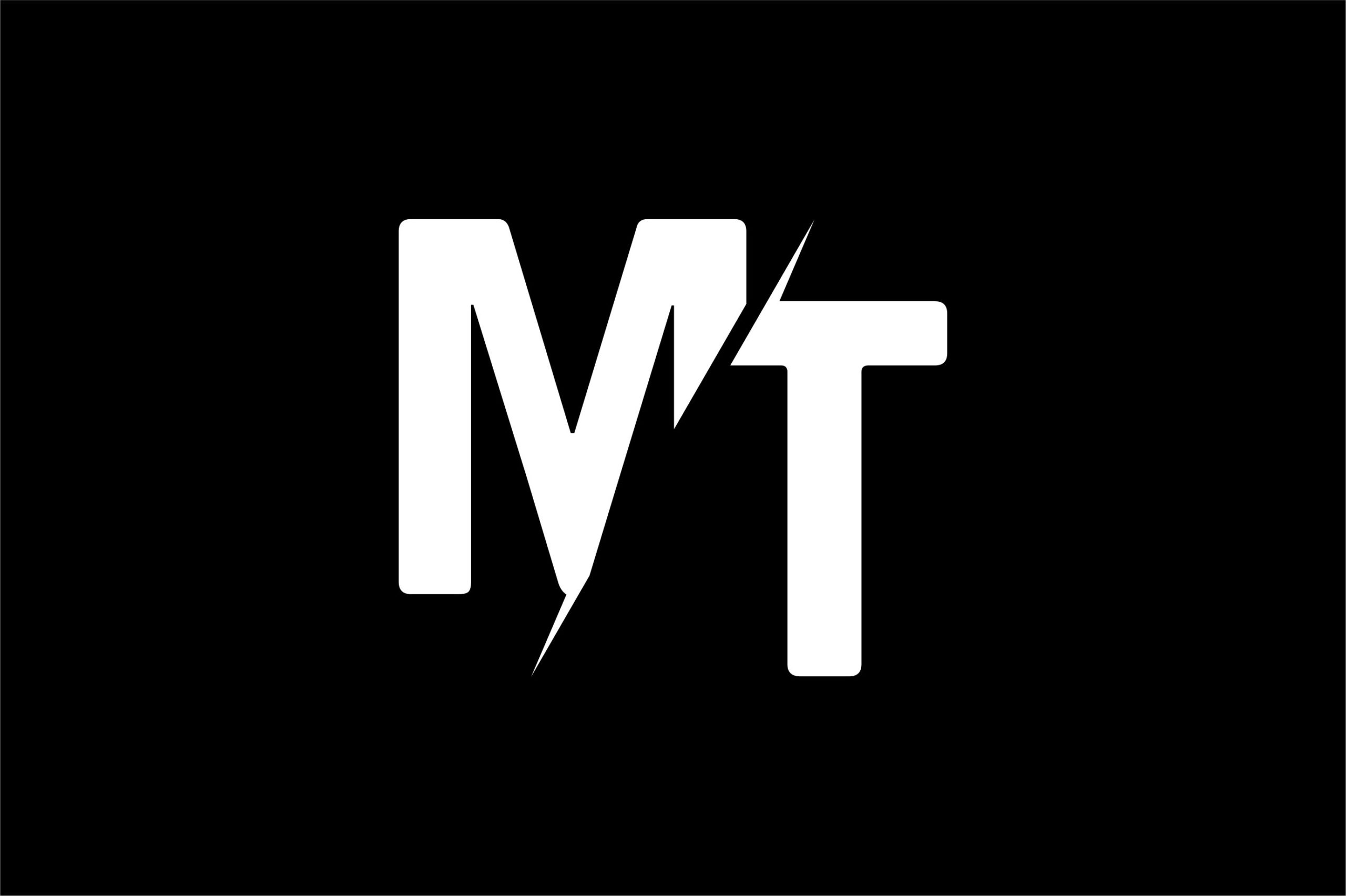Otherwise called a gross balance, a book balance comprises how much finances that are on deposit in accounting preceding making any kind of acclimation to that balance. The term is likewise used to allude to the balance that is available in an account on the last day of the current financial period, or the close of the business month. Therefore the article discusses Difference Between Book Balance And Account Balance In Gt Bank.
According to this viewpoint, the banking balance can be seen as the preliminary stage for reconciling the account records. Since the book balance is the gross balances of assets in the record before any checks are gone through or stores posted, the figure could conceivably precisely reflect how much cash the accounts holder needs to work with. Oftentimes referred to as a net balance, this figure addresses what is left in the wake of forthcoming debits have cleared. By considering those forthcoming debits, the account holder limits the risk of overdrawing the account which would eventually incur penalties with the possibility of having a check returned.
Difference Between Book Balances And Account Balances In Gt Bank
- The book balance contains the transactions during the reporting period, such as a quarter or fiscal year. Book balances is usually used to manage cash in a company’s checking account. At the end of the reporting period, the account balances are reconciled with the bank statements. This determines whether the cash in the bank accounts matches the book balance.
- An account balance on the hand is the amount in a savings or checking at a certain time. The account balance is always the net amount after reporting all debits and credits. A balance that falls below zero is net debt — for example, a checking account overdraft. For financial accounts with recurring accounts like utility or mortgage bills, the account balance may also reflect the amount due.
- An account balance represents the available balance of a specific financial account, such as checking, savings, or investment account.
- Banks provide current balance values on paper reports as well as through online sources.
- Balances on accounts with risky assets can change significantly during the day.
- A negative account balance on the account entails net debt on the part of the account holder
- Account balance shows your total assets minus total liabilities. Sometimes this can be referred to as your net worth or total assets. This is because any debt or liability is subtracted from the positive amount. For certain accounts such as checking or brokerage accounts, your balance reflects the current value in that account. In investments or other risky assets, your account balance will change as stock prices rise and fall in the market.
Between Book Balance Vs Account Balance
- There are many differences between an account balance and a book balance. First, there may be an unpaid check that is recorded on the company’s book balance but has not been deposited with the bank so it is not recorded on the bank’s account balance-sheet.
- Second, the entity may have entered a transit deposit on the book balance but the bank has not processed it, so it is not included in the bank’s account balance.
- Third, the bank may have charged the company various fees. For example, interest, account maintenance, and check processing fees are included in the accounting balance but not on the book balance. Finally, the company or bank may incorrectly record the transaction, resulting in an unauthorized difference between the two balances. This difference is formally recorded in the banking agreement.
However, a simpler understanding between the two in GT banking is that a book balances is a sum in the account. Meanwhile, an account balance is the portion of the sum that an individual can access.
READ SIMILAR ARTICLES
- Accounting And Finance Course Outline
- 10 Companies In South Africa That Pay Dividends
- Can I Withdraw From My Book Balance?
- 10 Alternative Careers For Accountants
- 10 Companies In South Africa That Pay Dividends










